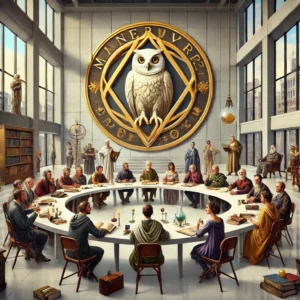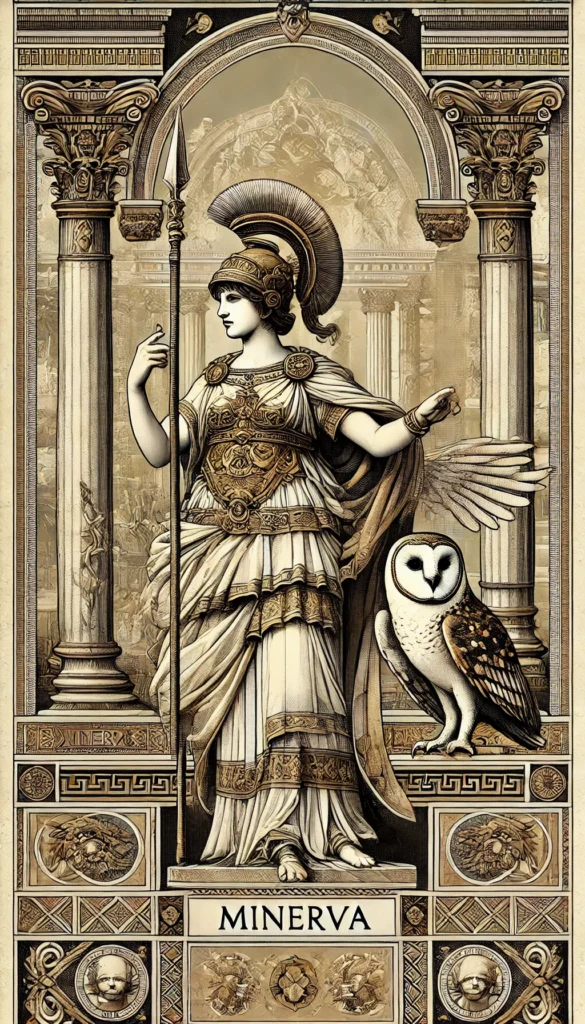Contrary to the common belief that an Order is always a religious thing, that is not the case. By definition, an Order is a community of men and women who have common goals which are enshrined in the Order’s constitution.
Because we are an Order, we are allowed to bestow certain titles within this Order. While the title of KNIGHT is not protected, SENATORs and CONSULs may only mention their titles in specific connection with our Order. For instance, “John Meyer, Consul of the Minerva Order.”
We are a free Order that carries no obligations. It is completely within our rules for you to decide to join the Order just to gain the title of Knight, or that of Senator or even Consul. We are only concerned that you, as a member, always abide by the statutes and rules of the Order. This does not require you to take any active part in the life of the Order.
We live and act in accordance with certain virtuous values and exacting rules. The most important rule the Order advocates is the high standard of education that it lives by. Only educated people will truly understand the moral values that make up our community, use them to lead a perfect life, and pass these values on. Furthermore, the Order does not tolerate bad attitudes towards state, religion and good morals, meaning members are not permitted to hold such views. However, you have no further obligations as a member of our Order. There is no regular membership fee to pay, nor is any participation in meetings required.


